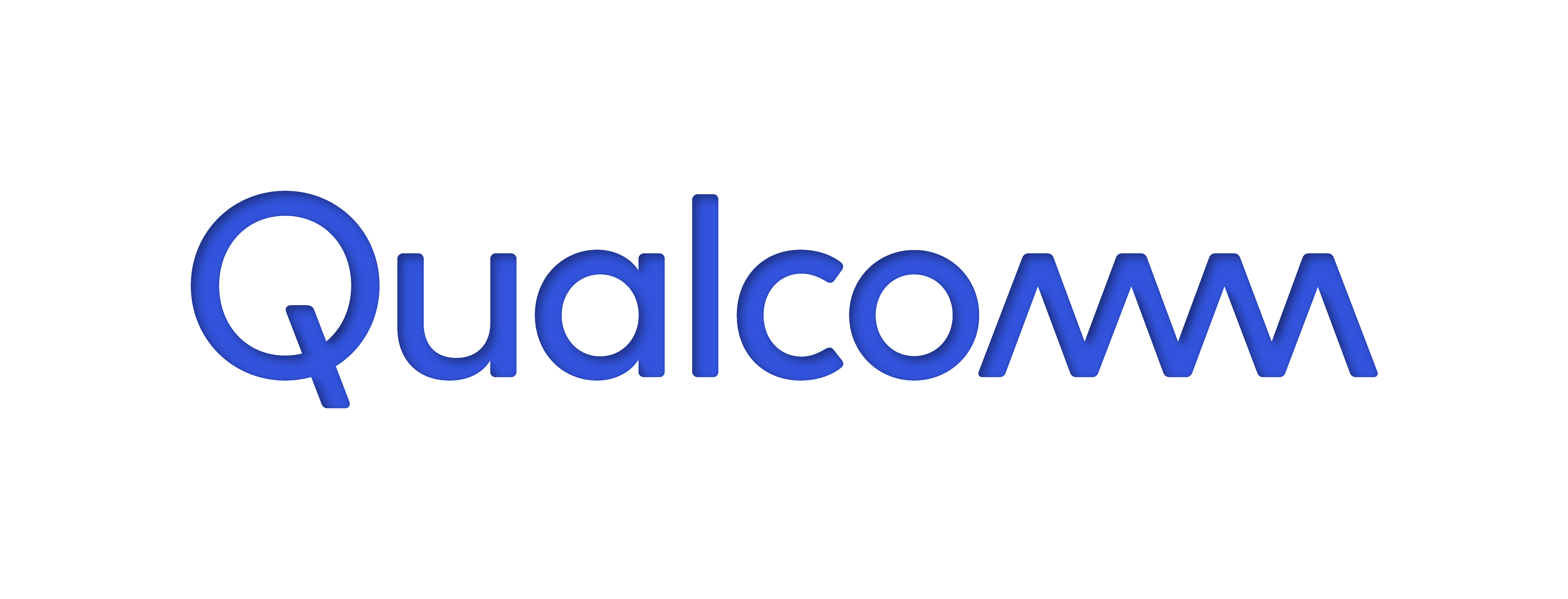‘Innovation Station’ Opens in the Chula Vista Public Library, Civic Center Branch
Inspired by Qualcomm Thinkabit Lab, new ‘makerspace’ extends hands-on learning to community
CHULA VISTA, Calif., August 18, 2016 /3BL Media/ Tinkering in the basement has just taken on a whole new meaning at the Chula Vista Public Library. Inspired by the Qualcomm® Thinkabit Lab™, the Chula Vista Elementary School District (CVESD) and the City of Chula Vista collaborated to open “Innovation Station” in the basement of the Library’s Civic Center branch, located at 365 F Street. Today, a community ribbon-cutting formally celebrated Innovation Station, which was modeled after Qualcomm’s lab in Sorrento Valley. The Qualcomm Thinkabit Lab fosters student interest in STEM (science, technology, engineering and math) careers. Innovation Station extends the hands-on learning to the community.
“Today we celebrate more than a leap forward in instruction for students in Chula Vista schools, we celebrate a tremendous makeover of our Library, and the learning it will foster for all ages in our city,” Chula Vista Mayor Mary Casillas Salas said.
With its brightly colored walls, bean bag chairs, and whir of “robo-crafting,” this is not your grandfather’s basement workspace. It is a makerspace, defined by enthusiasts like educator Diana Rendina as: a place where students can gather to create, invent, tinker, explore and discover using a variety of tools and materials.
The lab opened to Chula Vista sixth grade students on August 1st. Plans are to serve additional grade levels, and the community at large. “The students’ eyes light up when they see the lab space. You get the ‘Wow’ effect. You literally hear the students say ‘Wow!’ as they enter,” said Michael Bruder, District engineering teacher, who is based at the Library.
District officials said Innovation Station can make a life-changing impact on students and adults alike. “The space is truly unique, and it was made possible through a creative collaboration that embodies the best of each agency,” said CVESD Superintendent Francisco Escobedo, Ed.D. “We are proud to be a part of this Library makeover, and look forward to collaborating with other business and technology leaders to enhance the learning experience for all of our students.”
Military veterans who are looking to re-enter the workforce, older teens, and other adults who are looking to strengthen their skill set will also find a place at Innovation Station, officials said. The massive makeover of the basement was supported by a state library grant, Friends of the Chula Vista Library, city funding, the school district, and intellectual and in-kind support from Qualcomm Incorporated.
“What we have here is so much more than the physical renovation of underutilized space, which is a miracle for us in itself,” said Betty Waznis, Director of the Chula Vista Public Library. “What we have here is really above and beyond. The whole is definitely more than the sum of the parts. It is the prestige and global perspective of Qualcomm. It is the inspiration of our dynamic teacher from CVESD. It is the bringing of our library into the 21st Century. It is now a beautiful public space, perfect for intergenerational learning. And this is just the beginning. We look forward to welcoming the community to afterschool, evening and weekend opportunities to learn and experiment.”
Already, state library officials are hailing Innovation Station as a model for other libraries in California. The project was supported in part by the U.S. Institute of Museum and Library Services under the provisions of the Library Services and Technology Act, administered in California by the State Librarian. The idea is an extension of CVESD’s Mae L. Feaster Charter School success. Feaster’s Thinkabit-inspired lab received a host of kudos and awards for its innovative approach to instruction. For example, Feaster third grade students learn about torsion, tension, compression, and shear. Upper grade students learn to code for Arduino, an open-source electronics platform intended for making interactive projects. Feaster’s experience prompted District officials to explore ways to offer the experience to other schools. The Library was a perfect solution, officials said.
Since the first Qualcomm Thinkabit Lab opened in March 2014 at the Company’s headquarters in San Diego, approximately 8,000 students from more than 75 San Diego schools, including Feaster, have been exposed to STEM professions. Last December, Qualcomm announced expansion of its Thinkabit Lab to three schools: Lewis Middle School, Vista Innovation and Design Academy (VIDA) and Feaster. The expansion reinforced Qualcomm’s commitment to inspire young generations to explore and pursue STEM education.
“Qualcomm values public-private collaborations in which stakeholders contribute expertise and resources – whether it be funding, curriculum, professional development or buses – and work closely together to achieve a common goal,” said Susie Armstrong, senior vice president of engineering, Qualcomm Incorporated. “We have been delighted for the opportunity to be part of the Chula Vista Library/Innovation Station project. When the private sector is able to bring industry insights to public sector project ideas, everyone benefits.”
About the Chula Vista Elementary School District
Students in the Chula Vista Elementary School District experience a rigorous 21st Century learning environment that is rooted in effective teaching practices and high-quality instruction. Our mission is to nurture every child's imagination, intellect, and sense of inquiry. Working collaboratively, we tap a collective intelligence rich with the spirit and creativity necessary for students to become difference makers. Located in southern San Diego County, the District's 45 schools serve nearly 30,000 students, primarily in grades K-6.
For more information, visit Qualcomm's website, OnQ blog, Twitter and Facebook pages.

